U.S. Special Envoy Steve Witkoff is expected in Moscow on Wednesday, just hours before President Donald Trump’s Aug. 8 deadline for the Kremlin to accept a cease-fire in Ukraine or face a new wave of sanctions and tariffs. In late July Trump cut his original 50-day ultimatum to “10 or 12 days,” citing continued Russian missile and drone strikes on Ukrainian cities. If Russia does not halt combat operations or at least present a credible roadmap to peace, the White House says it will impose punitive measures not only on Moscow but also on countries—such as India and China—that keep buying large volumes of Russian oil.
Witkoff, a real-estate executive turned envoy who has shuttled between capitals on Trump’s behalf since May 2025, is expected to hold meetings with presidential aide Yuri Ushakov and Foreign Minister Sergei Lavrov; a face-to-face with President Vladimir Putin is “not ruled out,” according to Kremlin spokesman Dmitry Peskov. U.S. officials describe the trip as a “last-ditch” attempt to test whether Moscow is prepared to freeze large-scale offensive operations, accept multilaterally supervised humanitarian corridors, and open direct talks with Kyiv on prisoner exchanges, safe-grain corridors, and a verified pullback of heavy artillery from civilian areas.
Washington’s immediate objectives are limited: an end to mass-casualty missile salvos, a halt to glide-bomb attacks on urban centers, and a binding commitment to resume Istanbul-format negotiations within two weeks. Longer-term issues—the status of occupied territories, war-crimes accountability, and Ukraine’s future security guarantees—are being left for later rounds. U.S. officials argue that persuading Russia to stop shelling hospitals and power grids would create the breathing room needed for a broader settlement and unlock stalled European military assistance packages.
Kremlin Response
Publicly, Moscow insists it is willing to receive Witkoff and “listen to constructive ideas,” but the Russian line has not shifted: any cease-fire must recognize “new territorial realities” and lift Western sanctions that target Russian banking, energy, and high-tech imports. In parallel, Russian troops have continued to press toward the eastern city of Pokrovsk, while air-defense units claim to have shot down dozens of Ukrainian drones over Bryansk and Rostov.
Putin last week ordered the deployment of the new “Oreshnik” hypersonic missile, boasting that its maneuverable re-entry vehicles can evade missile defenses. Former president Dmitry Medvedev—now deputy head of Russia’s Security Council—warned Washington that “each ultimatum is a step toward war.” Trump responded by directing two U.S. nuclear submarines “to the region” in what Pentagon officials describe as a visible but measured show of deterrence.
Potential Leverage and Obstacles
Sanctions fatigue is real: the ruble remains under pressure, yet Russia’s war economy is still buoyed by oil revenues funneled through Asian refiners. The administration’s proposed “secondary tariffs” aim to pinch those sales by imposing hefty duties on any firm that processes or resells Russian crude. India, which now rivals China in daily imports of Russian oil, would see tariff rates jump sharply for access to the U.S. market; New Delhi has so far rejected calls to curb purchases but is wary of jeopardizing technology transfers and defense contracts with Washington.
European capitals are likewise under the microscope. The White House wants the EU to backfill Ukraine’s air-defense stocks while paying U.S. manufacturers to replace donated systems. Some governments fear the arrangement could thin their own arsenals, but they also face domestic pressure after Russian glide bombs leveled a prison in Zaporizhzhia and missiles hit maternity wards in Dnipro. Kyiv argues that tightening the energy-finance chokehold and accelerating deliveries of Patriot interceptors could force Russia to reassess battlefield costs more quickly than incremental sanctions alone.
Whether Witkoff can translate that leverage into concrete steps in Moscow is uncertain. Diplomats note that earlier shuttle missions yielded prisoner swaps and limited humanitarian access but failed to secure even a localized cease-fire. U.S. officials counter that the stakes—and the penalties—are now clearer, and that Putin confronts a shrinking calendar before the full tariff regime takes effect.
What to Watch Next
- The deadline: Trump has tied the new Aug. 8 cutoff to the threat of automatic tariff triggers. Treasury officials say the list of affected goods and entities will be published within 48 hours if Moscow does not comply.
- Submarine deployment: The Navy’s move to position two ballistic-missile submarines nearer Russia is intended as a message, but analysts will monitor how Moscow’s Black Sea and Northern Fleets react.
- Indian and Chinese calculus: Both countries risk higher costs on U.S. imports if they keep absorbing discounted Russian oil. Quiet conversations this week between Washington and New Delhi could signal whether Trump’s tariff threat gains traction.
- Ukrainian battlefield tempo: If Russia freezes large-scale offensives for the duration of Witkoff’s visit, that pause could indicate exploratory confidence-building. Continued artillery pushes around Pokrovsk would suggest the Kremlin is unconvinced by Washington’s sticks—or expects to ride them out.
- Kremlin domestic optics: State television has framed Witkoff as “another messenger,” but if he meets Putin at the Kremlin cameras, it may be spun as evidence that Russia holds diplomatic initiative. A lower-level meeting would signal caution or skepticism.
For now, Washington is signaling resolve without closing the door on dialogue. Witkoff’s mission is to convert that posture into a verifiable cessation of civilian strikes and a structured path to broader negotiations. Failure to do so will test the efficacy of a sanctions-plus-tariffs strategy—and could push Moscow and Washington further onto a collision course over Europe’s deadliest conflict in generations.


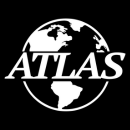
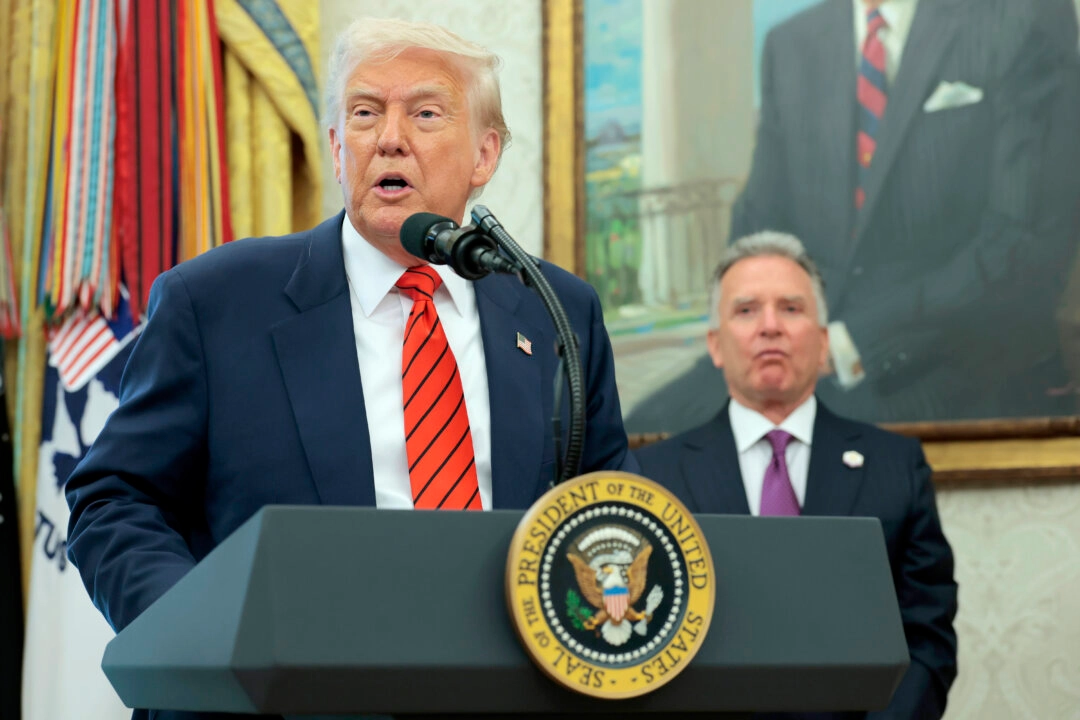
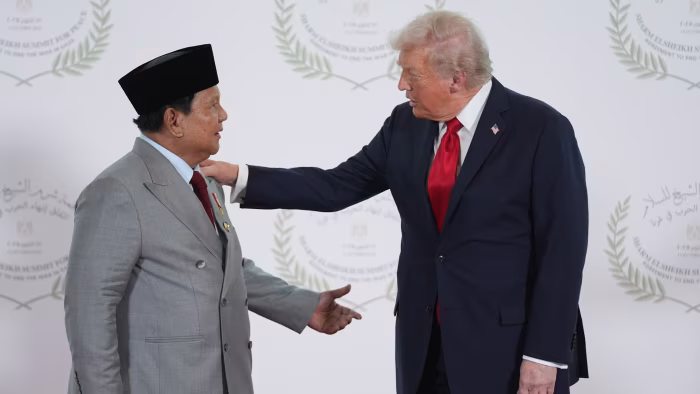
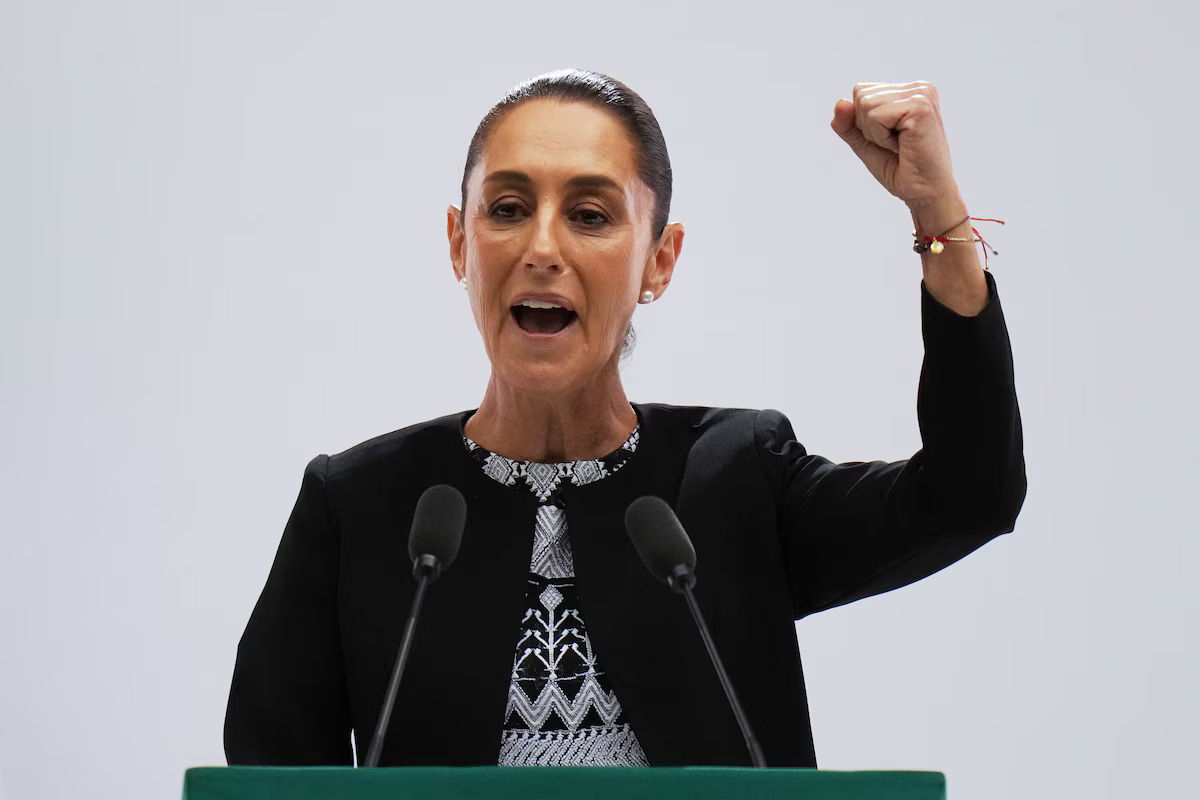
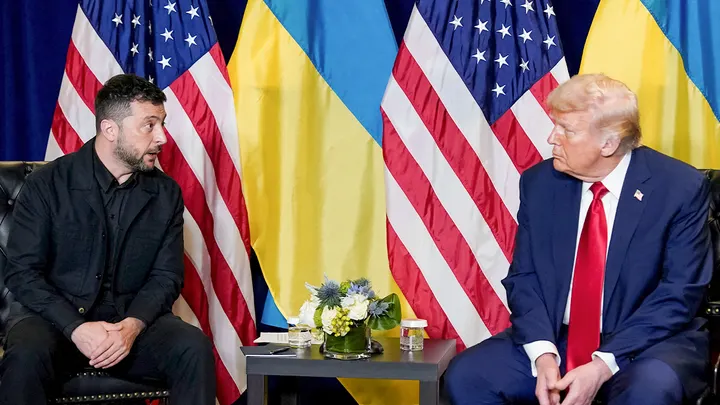
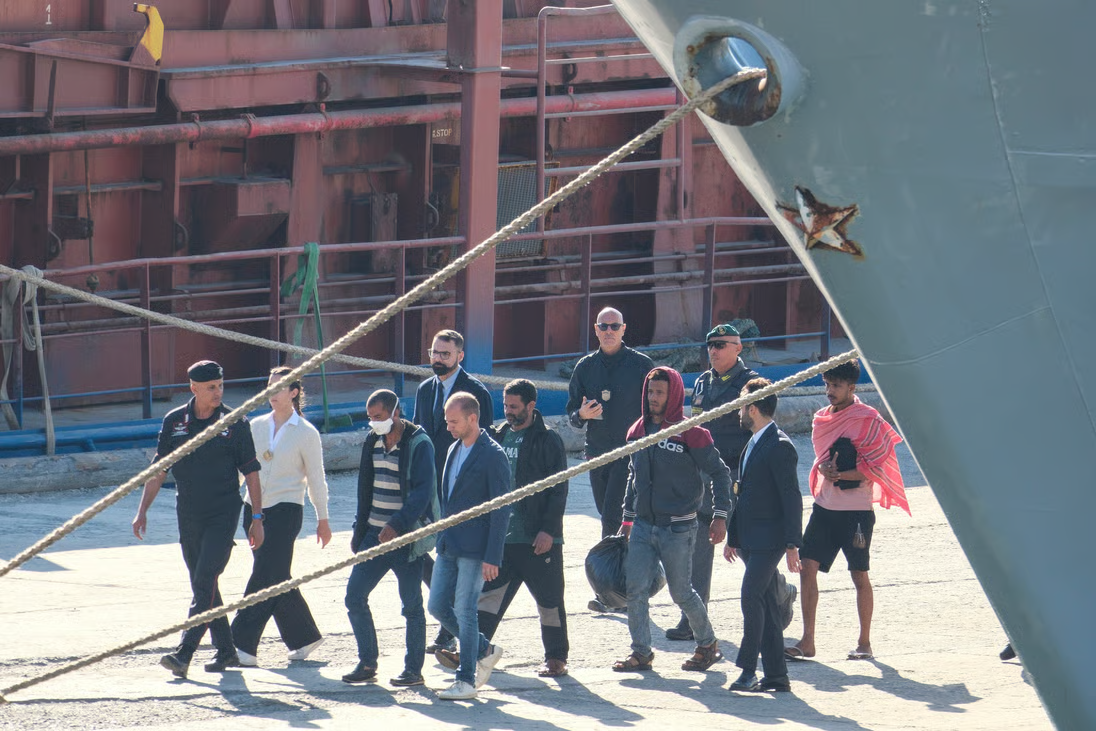
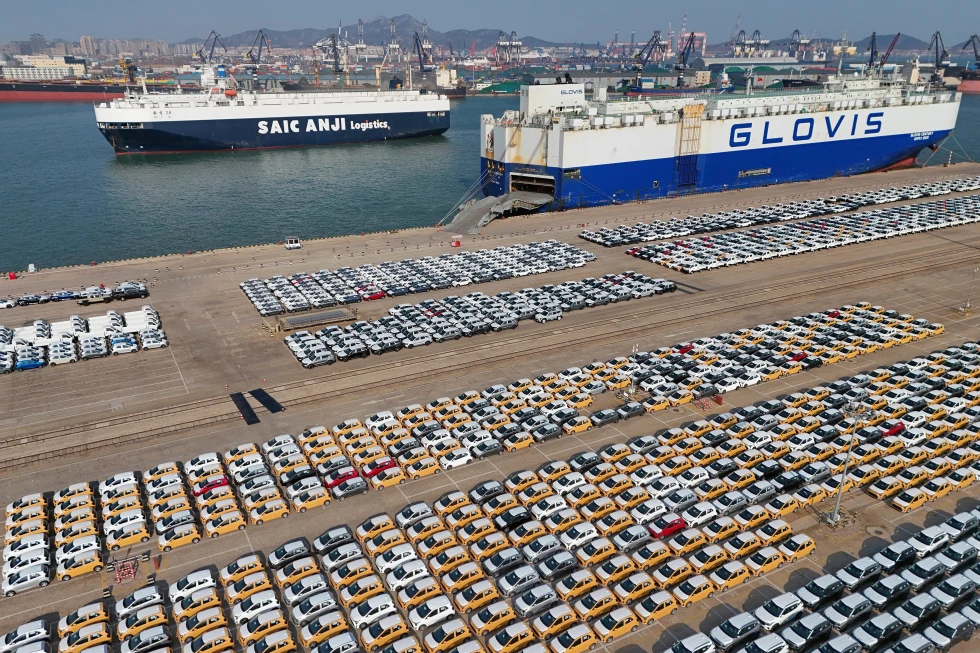
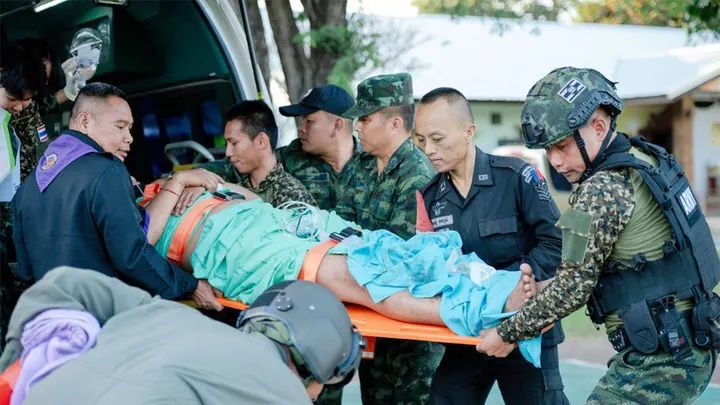
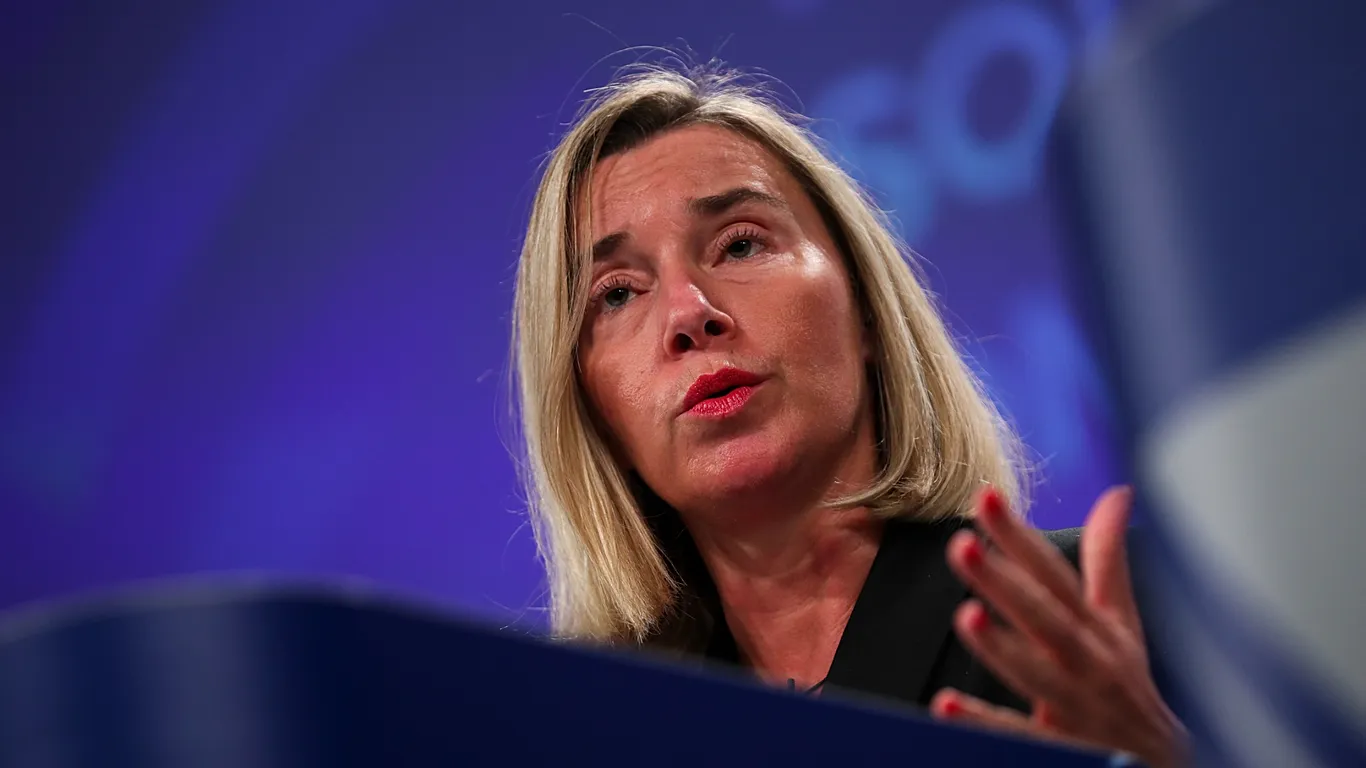
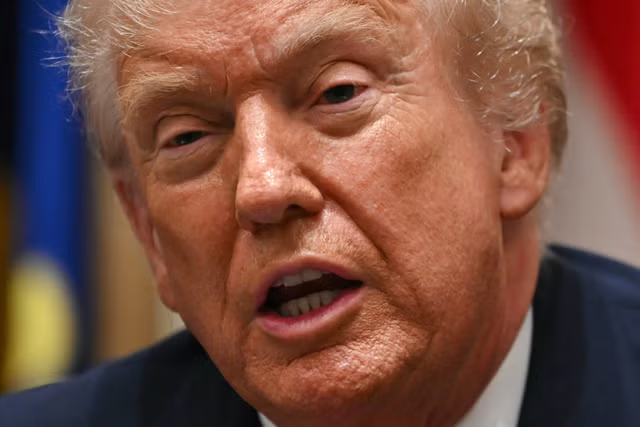
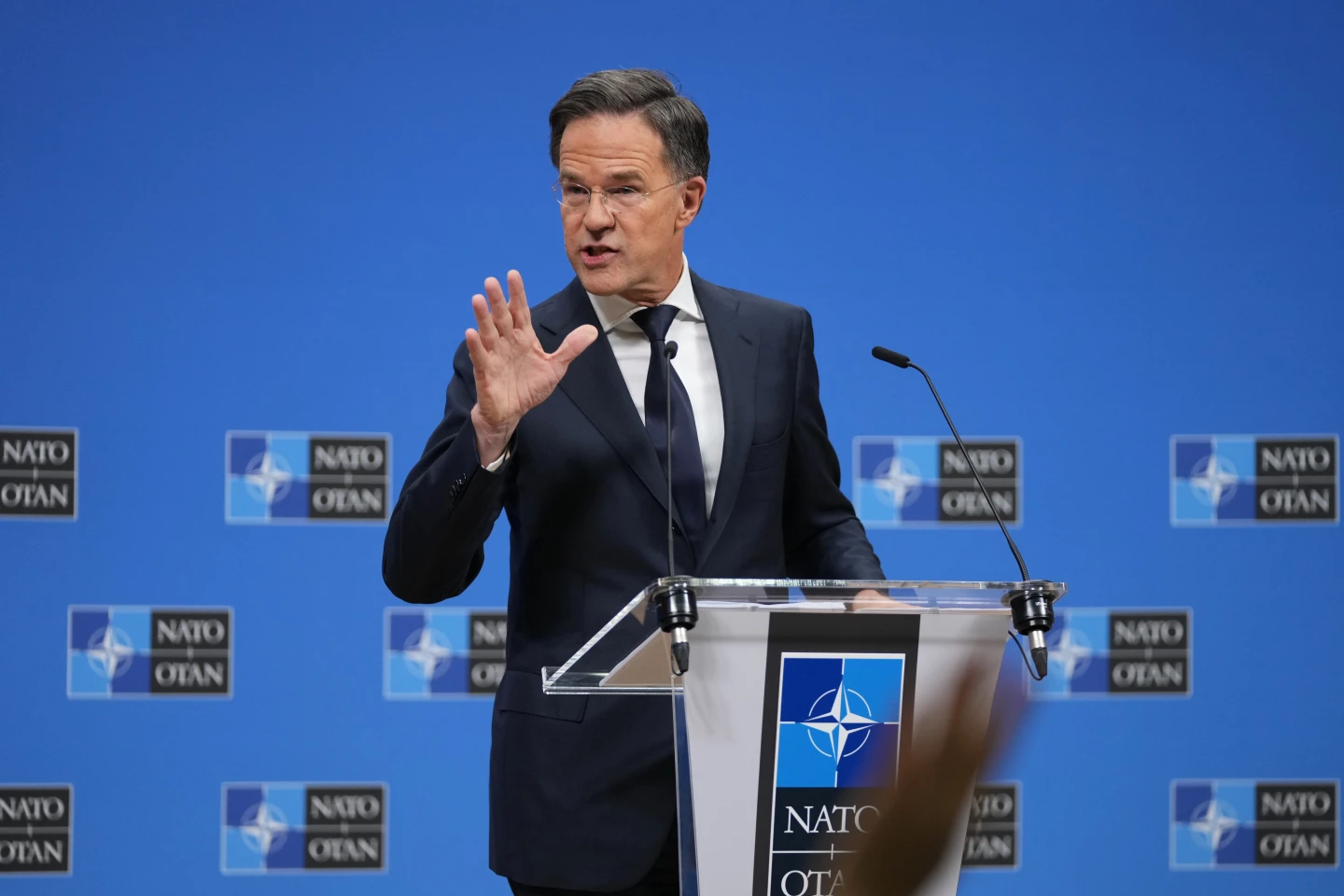
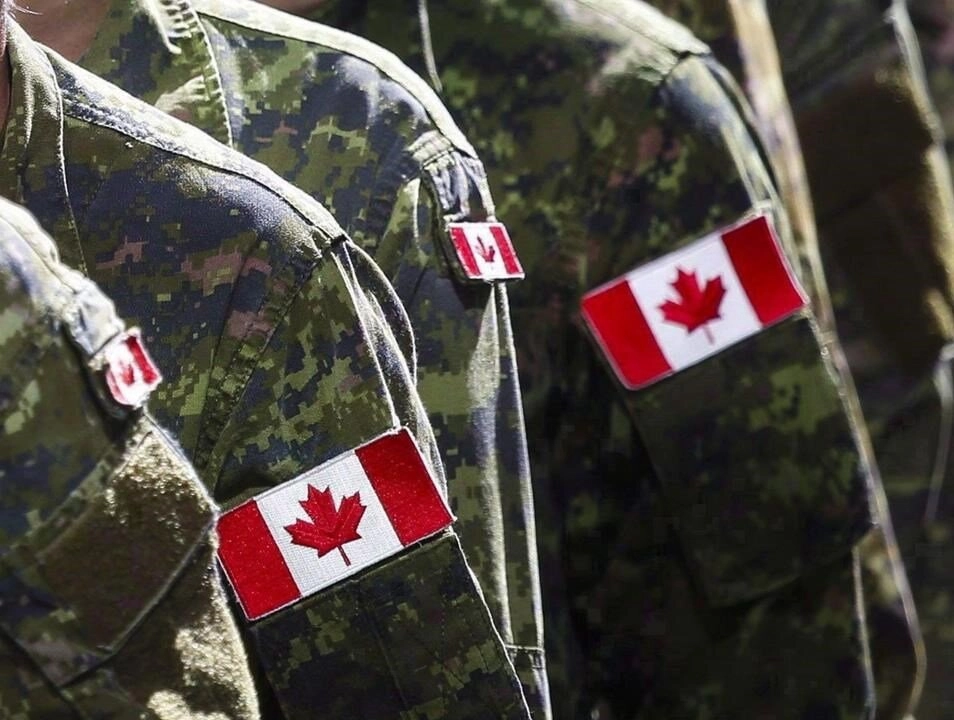
Discussion